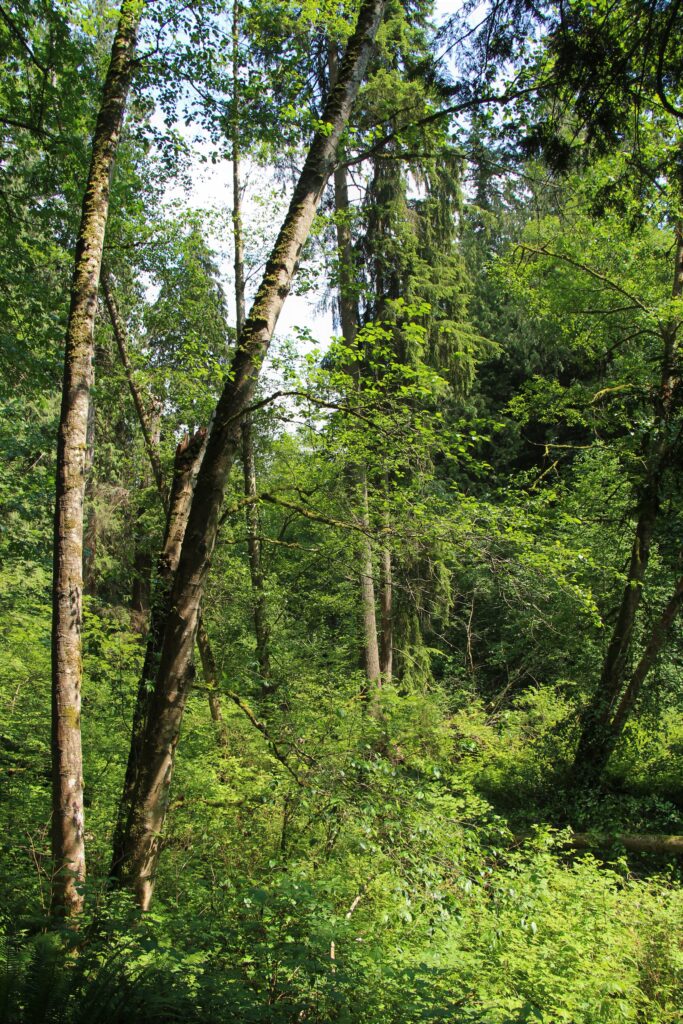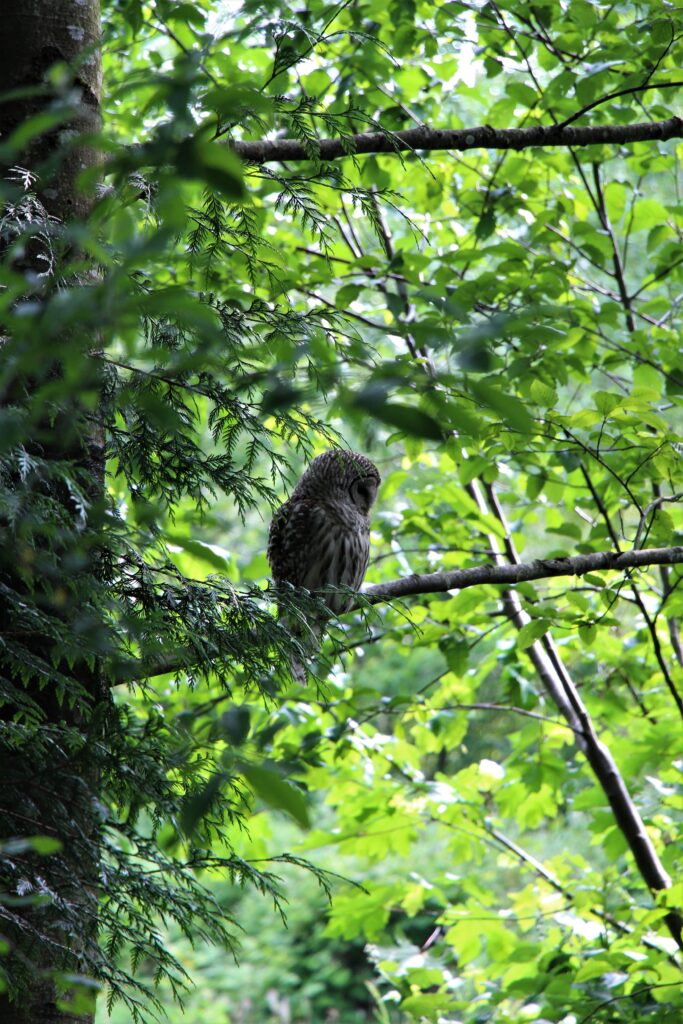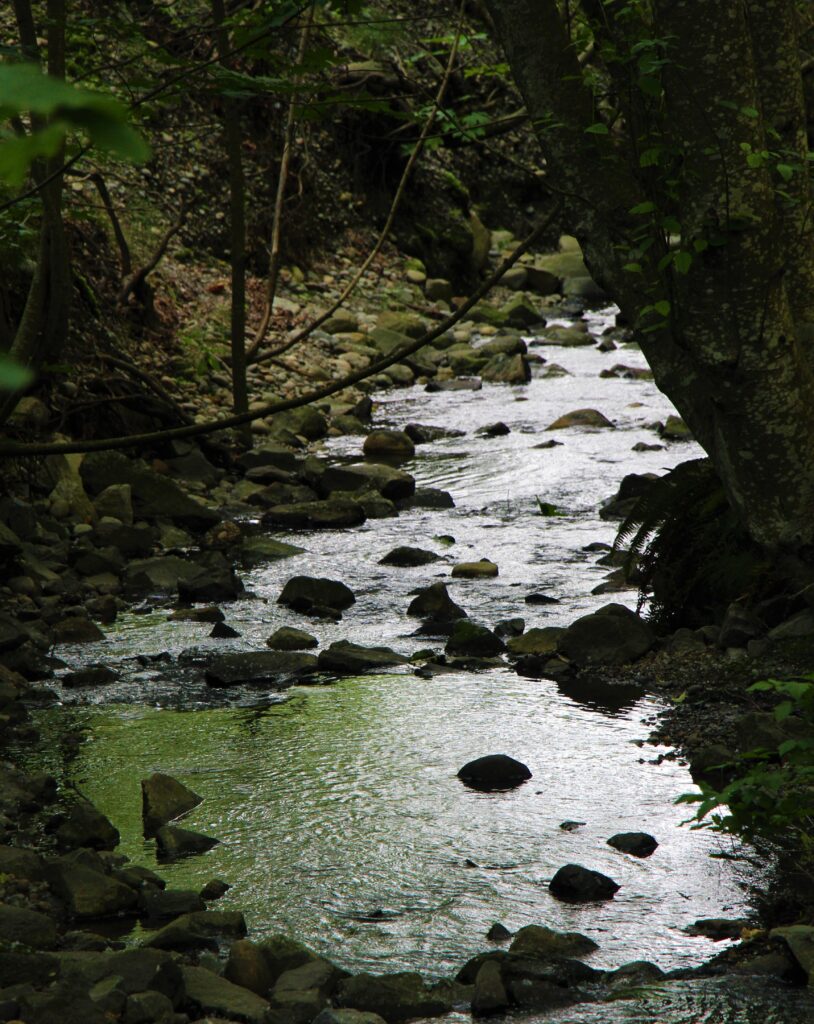In 1945, just a few months after the atomic bomb had fallen, Jacob Bronowski visited the ruins of Nagasaki. What he saw shocked him. He argued that future discussion on disarmament needed to happen in this “ashy, clinical sea of rubble,” since this is where the impact of nuclear weaponry could be truly understood and felt. Through its connection to a specific place his suggestion aligned with place-based learning. The place would become a teacher. Bronowski’s idea was ultimately ignored, since there was worry the United Nations delegates might feel uncomfortable. Yet maybe this discomfort was needed. One wonders: how might nuclear disarmament have gone differently if place was prioritized?
Introduction
Place-based education (PBE) is an educational philosophy that emphasizes experiential learning situated in a location relevant to the topic under study. Through engaging with local communities and environments curriculum needs are served, but also—and perhaps more importantly—learners cultivate a greater sense of agency and civic responsibility.
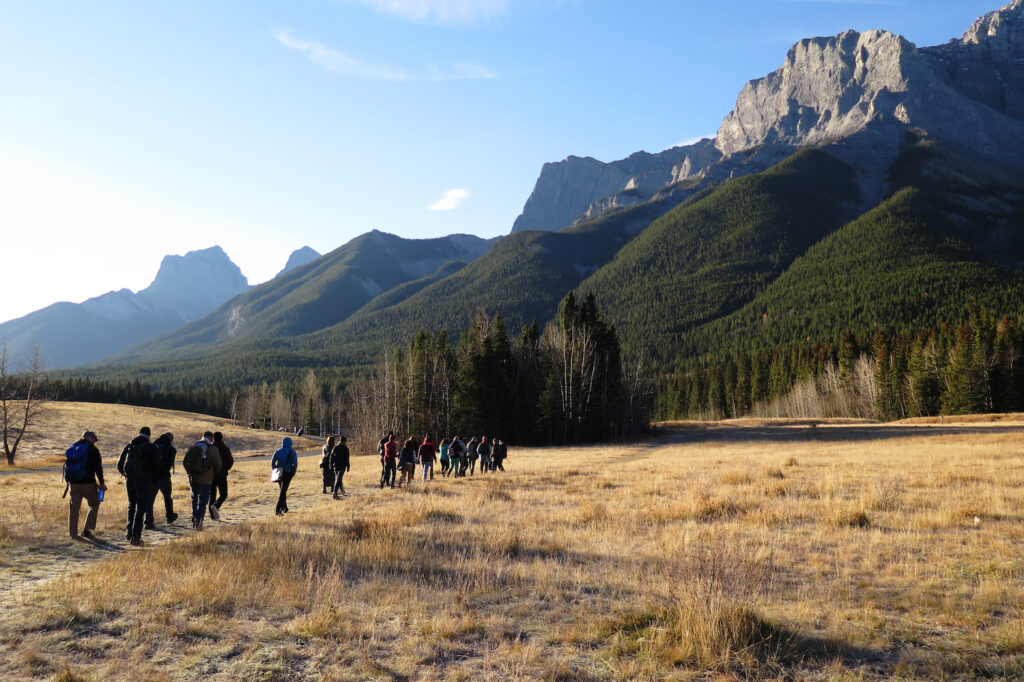
In defining place-based education, David Sobel in his book of the same name writes:
“the process of using local community and environment as a starting point to teach concepts in language arts, mathematics, social studies, science, and other subjects across the curriculum. Emphasizing hands-on, real-world learning experiences, this approach to education increases academic achievement, helps students develop stronger ties to their community, enhances students’ appreciation for the natural world, and creates a heightened commitment to serving as active, contributing citizens.”
Another key scholar of PBE, David Greenwood, explains that:
“its practices and purposes can be connected to experiential learning, contextual learning, problem-based learning, constructivism, outdoor education, Indigenous studies, environmental and ecological education, bioregional education, democratic education, multicultural education, community-based education, critical pedagogy itself, as well as other approaches that are concerned with the context and the value of learning from and nurturing specific places, communities, or regions.”
Some key tenets of place-based education:
- Rooted in the local and emerges from a specific place
- Learner-centered and inherently experiential
- Connects self to community
- Frequently interdisciplinary
- Invites creative problem solving
- Includes Indigenous ways of knowing (many consider this separately to be ‘land-based learning’)
- Often connected with inquiry-based or project-based learning
Place-based education was initially developed for K-12 learners. KPU Wild Spaces aims to further expand this scope to higher education, for both conventional courses and programs but also for administration and support services (e.g., a walking meeting, or having a counselling or tutoring session outdoors).
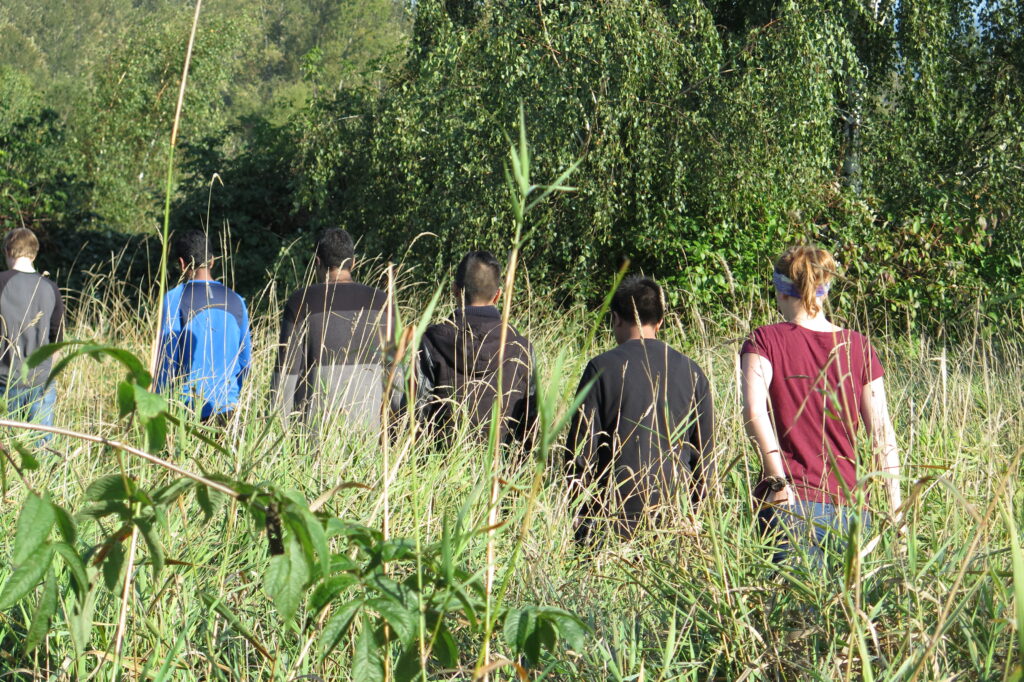
Ecological Place-based Education
KPU Wild Spaces has a specific focus on ecological place-based education. This emphasizes local ecosystems (e.g., forests, rivers, shorelines) as sites for learning, and also for engaging in reciprocity.
In addition to those mentioned above, some additional key tenets of ecological place-based education are:
- Responsibility and reciprocity
- Strong connection to the natural environment
- Focus on interconnection of all life
- Nature as co-teacher
Benefits and Obstacles
The benefits of outdoor place-based education are numerous: increases learner agency, restores attention, boosts academic achievement, fosters connections with local communities, and offers innumerable health benefits. Learning outside heightens focus and creativity, as well as physical, emotional and psychological health. Studies show a clear decrease in stressful hormones and—for college students—a significant improvement in mental health from a 10-20 minute outdoor walk. Further studies show intentional time spent in nature cultivates kind and generous attitudes.
So why don’t more teachers, and other facilitators, take their learning outdoors? Doing so requires letting go of some control in terms of space, content, and environment. However, these obstacles can also be seen as opportunities.
Obstacles and potential emergent learning:
- Patience and time. Teachers of content-heavy courses may worry about lost class time. Going outdoors requires coordination. Yet this could be an opportunity for Learning in Depth. Instead of covering many topics briefly, learners can focus on specific topics (chosen by them and connected to place) that allow deeper engagement and foster critical thinking.
- Accessibility. There are mobility, financial, and other potential barriers to learning outdoors. How might we move beyond traditional barriers and learn in alternate settings? Please see our Accessibility Statement.
- Weather and travel. Learning outdoors requires adapting to the weather and being on the land. When walking to a location, instead of considering this ‘time lost’, another option is to incorporate the Walking Curriculum. In this way, learners are engaged through movement and active participation.
- The Unknown. When in the forest, following a stream, or even on the university campus grounds, there is always the possibility of the unexpected. Entering into this with a flexible mindset can turn these presumed distractions (e.g., birds or other wildlife, community members, a flooded trail, another set of students) into a poignant encounter. Emergent learning can occur that fosters collaboration, team building, and/or connection with the natural world.
Frequently Asked Questions
How does place-based education differ from environmental education?
Environmental education is a broad field that can focus on sustainability, natural ecosystems, and human behaviour in relation to these topics. William Stapp, who planned the first Earth Day in 1970, coined ‘environmental education’ in 1969 in regards to biophysical processes and increasing awareness to finding solutions to environmental issues. More recently, the North American Association for Environmental Education gives this definition: “a process that helps individuals, communities, and organizations learn more about the environment, and develop skills and understanding about how to address global challenges.” While environmental education and place-based education are both relevant across disciplines and can be learner-centred, place-based education is site-specific with a greater emphasis on local lands and communities.
What is place-conscious learning?
Developed by David Greenwood and others, place-conscious learning aims to expand place-based education with critical understanding of the links among socio-cultural, historical, economic, and political aspects of community. Ecological justice and Indigeneity are also embedded. As Greenwood writes, “place-conscious education can provide environmental education research with a fluid conceptual framework that bridges cultural and ecological analysis, and that is responsive to diverse and changing cultural and ecological contexts.”
Local Examples of Place-based Education
Coming soon. Do you have a local example to share that we could highlight here? Please email lee.beavington@kpu.ca
Local Related Practices
Wild Pedagogies – An international movement, including members from SFU and KPU, with the goal of transforming the human-nature relationship, considering nature as a co-teacher, and cultivating socio-cultural change through innovative educational practices.
Walking Curriculum – Developed by Dr. Gillian Judson, the Walking Curriculum re-imagines how to teach and connect with community and place through intentional practices that encourage learners to encounter the world differently. Gillian facilitated a workshop for KPU Wild Spaces in 2022 (click here for the photo gallery).
Ecoportraiture – This extends the research tradition of portraiture to include the voices of the more-than-human, giving agency to the natural world so they become an equal collaborator.
